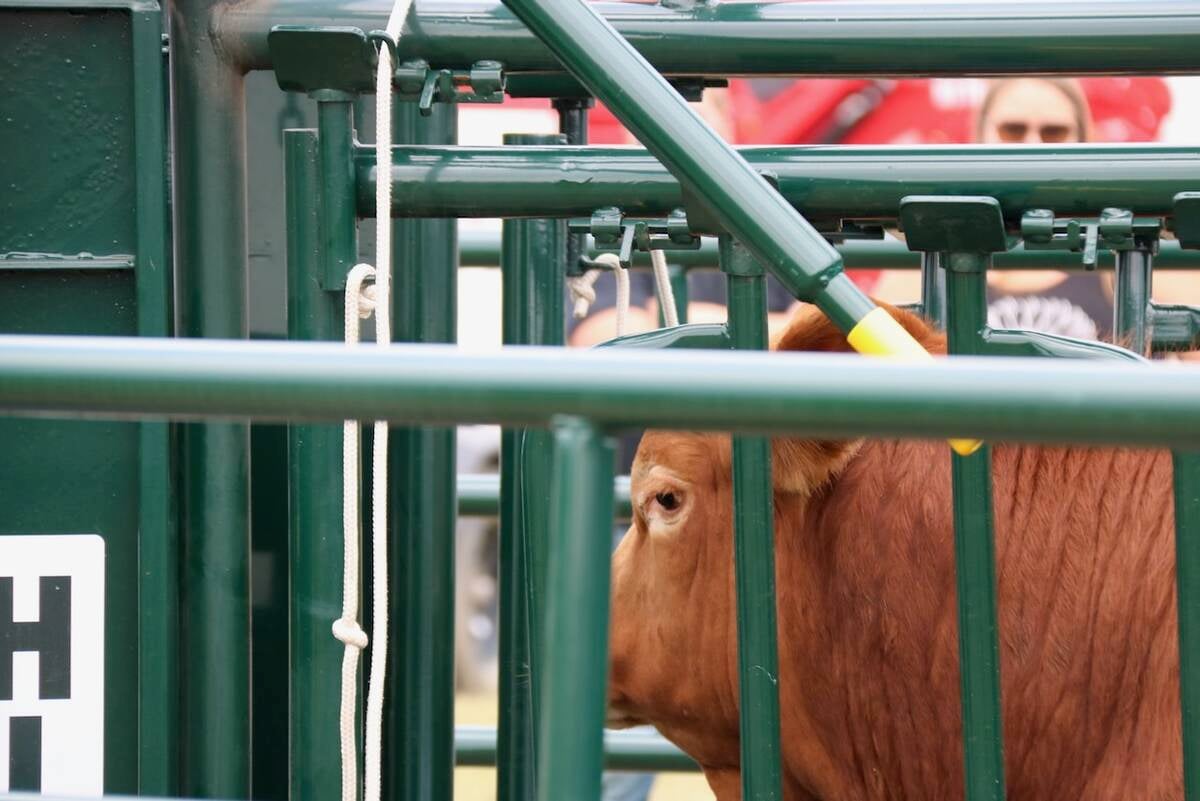Ergot is expected to rear its ugly head in cattle feed this winter, so livestock specialists are encouraging feed testing and vigilance.
Reports of the fungus in feed have increased in recent years because of a combination of favourable weather for its formation and improved abilities to detect it in feed samples.
Ergot poisoning leads to reduced production in sheep, hogs and cattle. In severe cases it leads to gangrene and loss of tails, ears and limbs.
Barry Blakley, a professor of biomedical sciences at the Western College of Veterinary Medicine in Saskatoon, said ergot will be a risk again this year.
Read Also

Good handling equipment a must on cattle operations
It’s important for the safety of producers and everyone else dealing with their stock that handling equipment is functional and safe.
“Based on last year, which maybe was a poor comparison because people weren’t looking for it quite as actively, it looks like it’s going to be as bad or worse than last year,” he said.
“There’s lots of heavily contaminated fields, and producers just need to be aware of that.”
Alberta and Saskatchewan have higher reported levels than Manitoba, at least in the early going. Blakley said farmers have been too busy harvesting to submit many samples this fall.
There are few if any ergot levels that are safe to feed.
Blakley said lactating animals should not be given ergot-infected feed regardless of the level because it can halt milk production.
However, he and Alberta Agriculture livestock and forage specialist Barry Yaremcio were particularly concerned about feeding screenings and pelleted rations because ergot isn’t visible.
“If guys are looking for ways to cheapen their rations, if they’re taking screenings home from the seed cleaning plants or from the elevators … be careful,” said Yaremcio.
The old rule of thumb that ergot should not exceed one kernel in 1,000 is out of date.
“That one is completely off the board,” he said.
Blakley agreed. He has seen ergot-related problems in samples as low as 300 parts per billion.
“The federal guideline is 2,000, and that’s definitely too high,” he said.
“I think that standard was based on gangrene, and our standard is not based on gangrene. It’s based on performance issues, which I think are as important or more important.”
He advised feed dilution if tests show more than 100 to 200 p.p.b.
Ergot appears to be present in brome and quack grass in some ditches, Blakley added. Confirmation of that suspicion was unwelcome.
“A few years ago we didn’t realize that brome grass and quack grass contained ergot, but now it turns out it may be the reservoir,” Blakley said.
“That’s probably the most devastating news we’ve heard in the last year or two.”
Prairie diagnostic services at the WCVM tests feed samples for four of ergot’s 14 alkaloids, at a cost of $60 plus GST.















